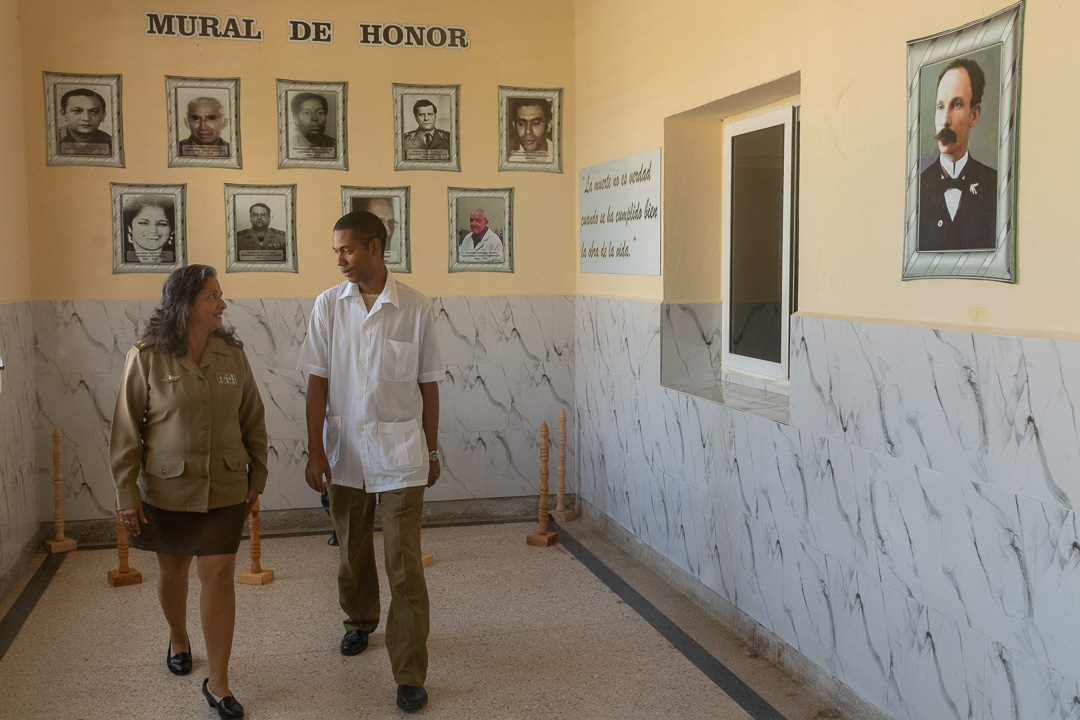CAMAGÜEY.- For those of us who at some point find healing hands in the corridors inside the Octavio de la Concepción y de la Pedraja Teaching Clinical Surgical Military Hospital, in this city, there is always the memory of that mixture of white and green colors that is not found in others health institutions. Is this a place for the military or for doctors, for soldiers or for the people? Those who come to its headquarters in the Garrido neighborhood for the first time wonder. At first it is enigmatic, but from there you come out with certainty.
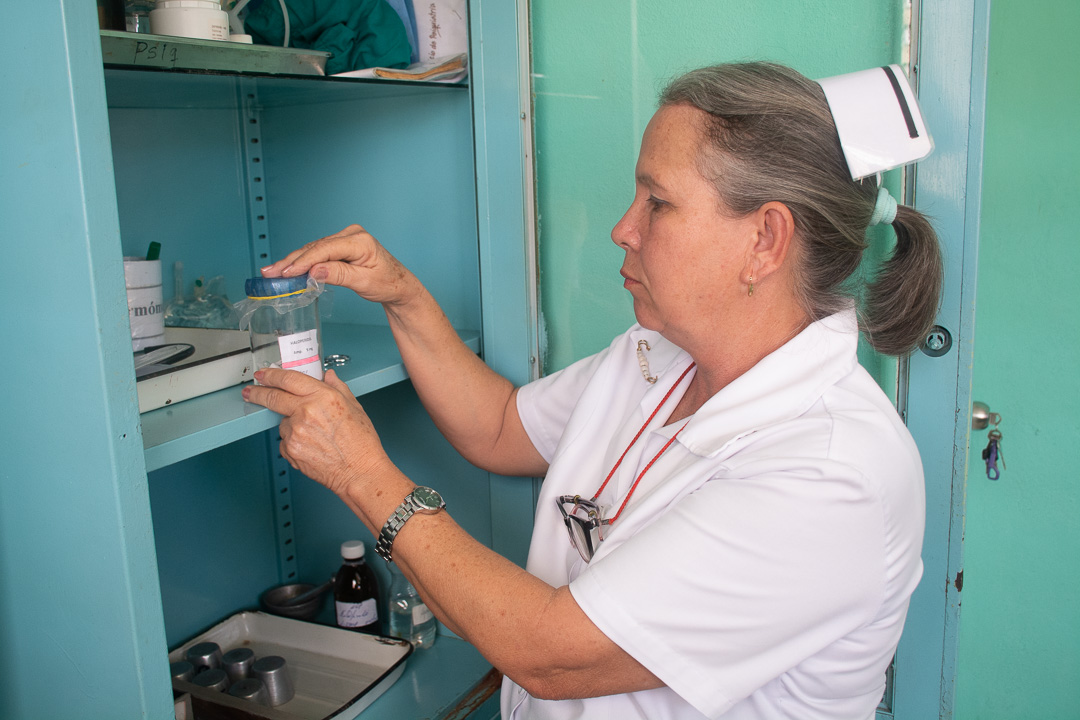
Martha María Martínez, for example, has never dressed in olive green to work in her salon. Since 1978, when she started at the hospital while studying nursing, she has always worn her immaculate white clothes.
“Here they gave me the opportunity to continue my improvement and I was able to finish my degree and become a mental health specialist. I found my fulfillment within these rooms, helping with whatever task was assigned to me. To the care work I added positions as supervisor, area manager and head of the mental health ward. Wow, in 40 years I have done everything here,” she told us.
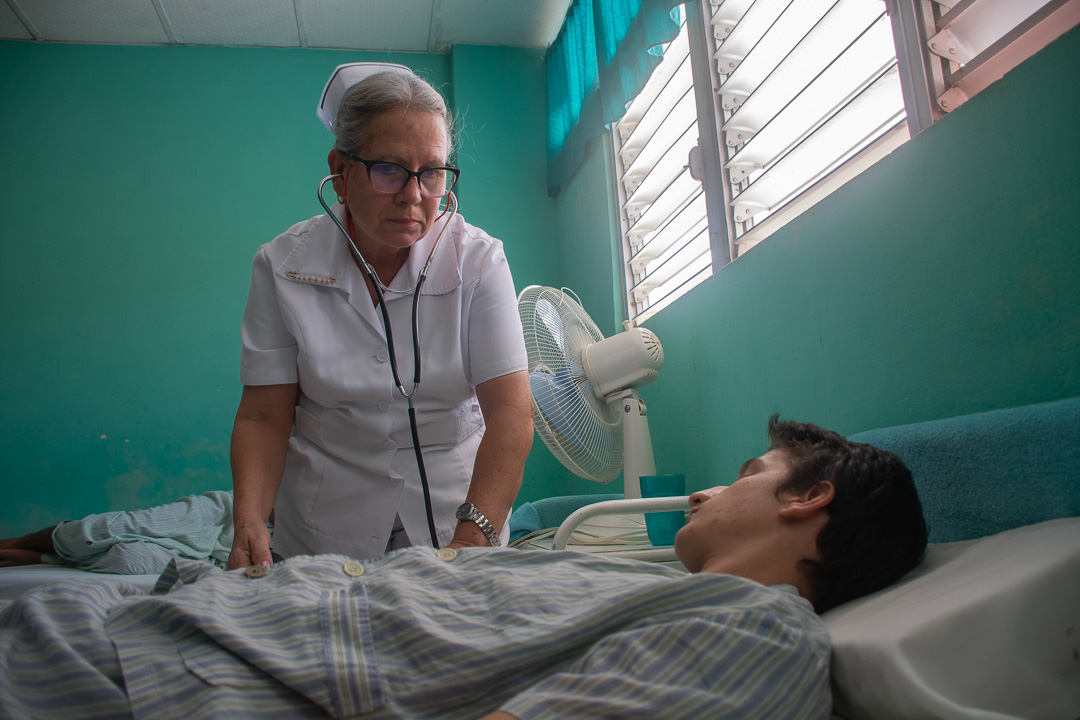
Her nursing service has had the quality seal since the '90s. She highlights the days she spent in the red zone of the pediatric ward that she set up in the midst of the COVID-19 pandemic, as the most tense of her career:
“That difficult experience gave us the opportunity to care for and save many children, something very different from what we were used to. In the face of these great dangers, we demonstrate that with organization and love any challenge can be overcome. It was the time to prove ourselves as health professionals and also as revolutionaries. And we complied,” she says from the pride of someone who feels the hospital is hers.
That same feeling of familiarity has Ana Gloria Matías Sánchez, whose hair has changed color in the 'Military':
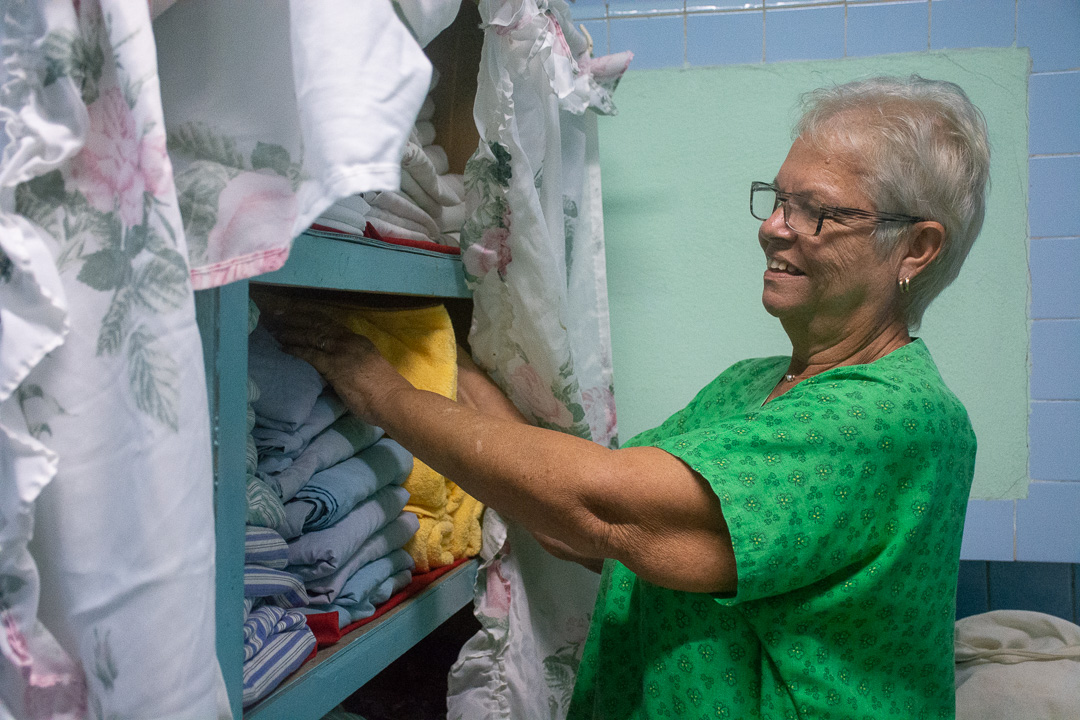
“I was 16 years old and had just dropped my daughter off on her first day of daycare when I decided to go in and ask if there was a job here. Of course, they told me that as a minor they couldn't hire me, but they offered me to spend those months learning and start as soon as I turned 17,” she searches through memories from 49 years ago.
“I learned typing and started in the Admissions department making patient admissions. Then I served as secretary to the director, at that time Dr. Héctor Morales, deceased. In 1982, I had to put on the green uniform as a soldier on duty, which seemed formal, but personally made me work harder to live up to that outfit. Thus, with my two daughters by the hand, I grew up at work and personally,” acknowledges Ana Gloria, a woman whom everyone asks when they have doubts about the functioning of any organization, since at different times she assumed the leadership of the Young Communist League and the Union Section.
“I cannot forget the hundreds of hours of volunteer work we did to build the three-story building that today has the admission rooms, issues that unite us and make us so attached to this hospital.” Maybe that's why she came back from retirement to continue in her big house, now as an assistant to patients coming in for medical checkups.
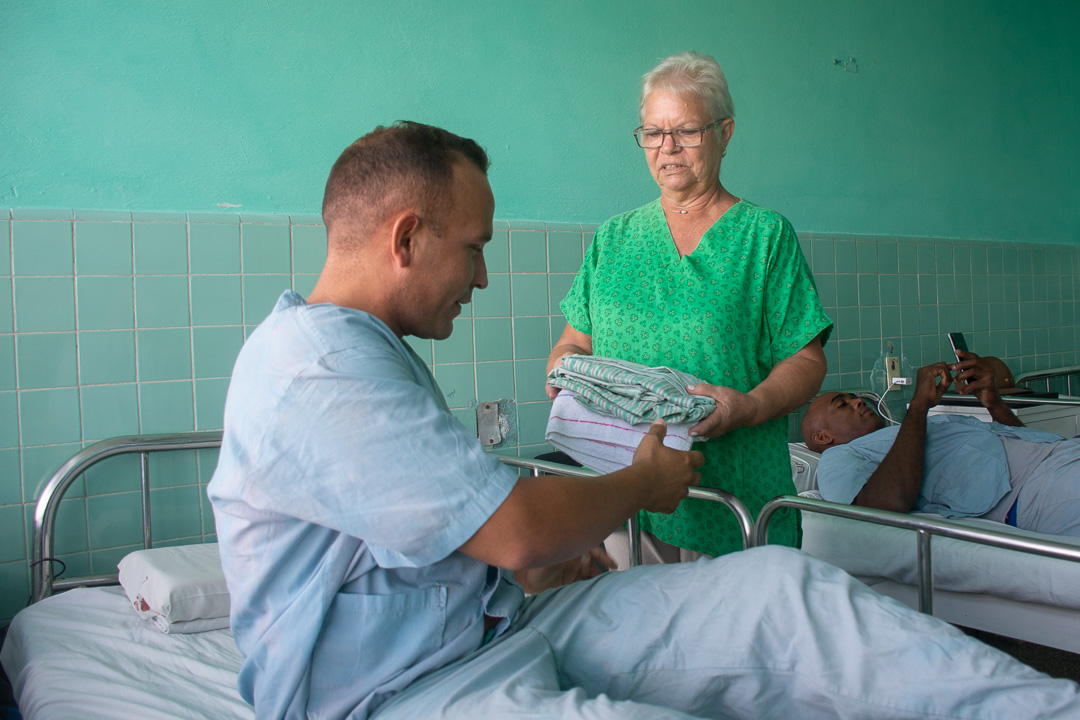
There she generally serves officers and soldiers from Camagüey and Las Tunas, but also civilians from the business sector who need these types of exams. It is one of the few services attended mostly by members of the Revolutionary Armed Forces (FAR), because contrary to what many think, more than 80% of the cases treated at the center belong to the population. The commitment to the Public Health system includes attention to the areas of the Ignacio Agramonte and Este polyclinics, and the municipalities of Najasa and Jimaguayú.
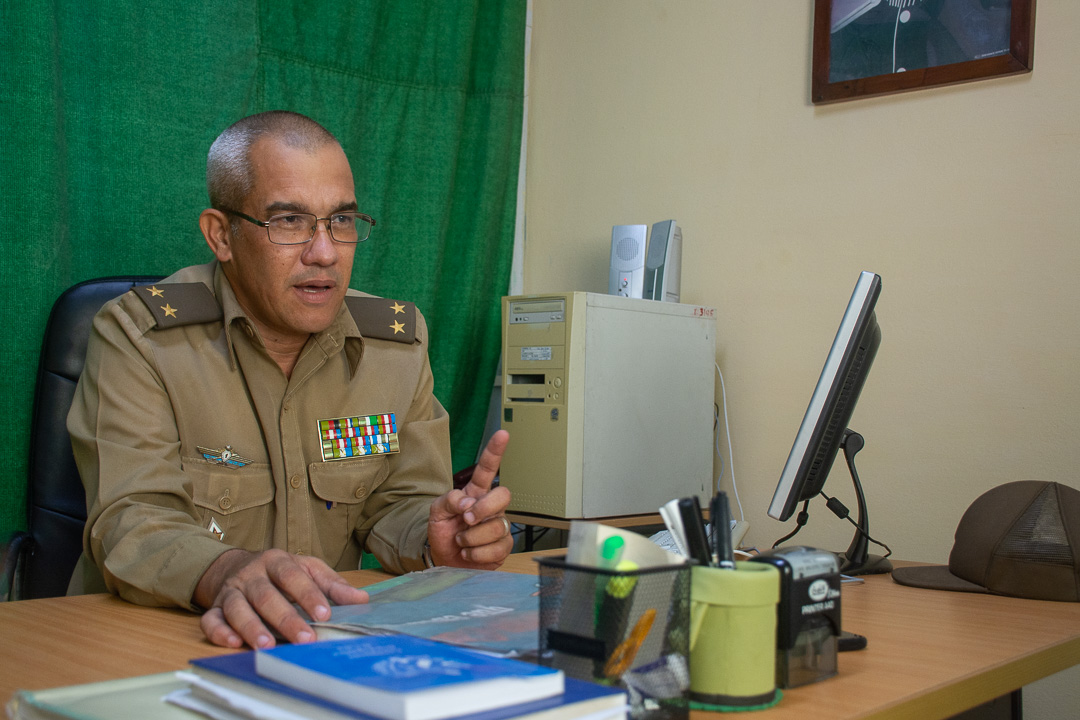
According to Lieutenant Colonel Miguel Manuel Zaldívar, general deputy director, “here we have the mission of serving the combatants and workers of the FAR and the Ministry of the Interior of Camagüey and Las Tunas, but in practice we receive personnel from all over the country, because there are specialists like Dr. Santana, and consultations that have earned national prestige. As the years went by and the expansion of medical services, coverage for the population increased and today access to our institution works the same as that of any of the other hospitals in the province."
Fortunately, there are no serious problems with medical personnel coverage here. Almost 40 residents are currently being trained under the tutelage of staff specialists, which will guarantee the completion of the payroll in the coming years. In addition, several high-class professionals are fulfilling internationalist missions.
In such complex times for the country's health structure from an economic point of view, many people highlight the “Military” as the example: “We have the same access to supplies and medicines as the rest of the hospitals, the difference lies in the control and monitoring of each resource. We cannot allow materials to be diverted in an Armed Forces center or medicines not to go to the patient who needs them,” he explained.
The example set by the bosses and the good attention they give to their workers creates a favorable work environment, and that allows each mission set for the staff to be fulfilled. The care of the first cases of the coronavirus pandemic placed the hospital in the center of popular attention and later, due to its extraordinary results, they deserved all kinds of recognition.
Beyond the Carlos Juan Finlay Order awarded to them by the President of the Republic or the flag of Labor Prowess, the staff's greatest pride is those countless expressions of gratitude from those patients they saved and their families. And over the course of these 65 years the image of the “Military” mixed its shades of white and olive green to create an unmistakable town color.
Translated by Linet Acuña Quilez



